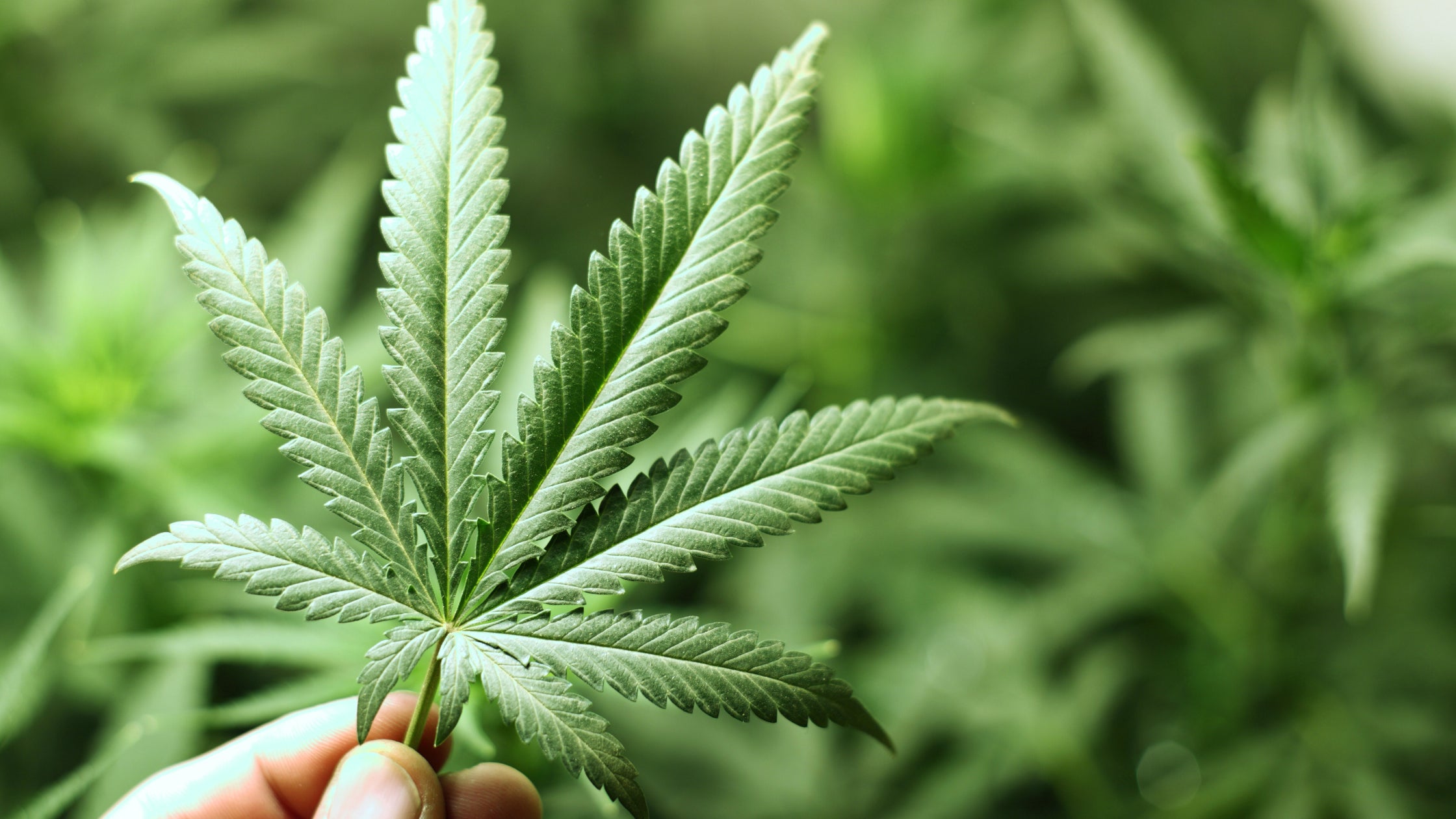
Acidic Cannabinoids 101
WRITTEN BY MICHAEL EKE AND DR. SWATHI
Acidic cannabinoids are the primary, unprocessed forms of cannabinoids found in cannabis. Examples of acidic cannabinoids are THCA and CBDA. The letter "A" indicates the presence of an acid. As a result of a chemical reaction known as decarboxylation, acidic cannabinoids only exist for a short period of time. This is because they gradually transform into their better-known and more stable "neutral" counterparts when exposed to room temperature; however, this transformation happens much more quickly when they are subjected to high temperatures.
Cannabinoids, in either their acidic or neutral forms, can exert their effects on the endocannabinoid system (ECS) and on other targets located throughout the body, thereby conferring therapeutic advantages on animals as well as on people. The acidic cannabinoids do not produce intoxication, have some effects that are distinguishable from those of their neutral counterparts, and interact well together to boost effectiveness through synergistic actions known as the "entourage effect."
THC, or delta-9-tetrahydrocannabinol, is the cannabinoid that is not only the most well-known but also the one that has been researched the most. THC is the component of cannabis that is responsible for the psychoactive effects, as well as a significant number of the therapeutic qualities. THC has been demonstrated to have a variety of beneficial effects for medical use, such as the alleviation of pain, inflammation, stiffness, nausea, anxiety, itching, and seizures, amongst other benefits. Animal studies[1] and human anecdotal accounts suggest that THCA does not impair cognitive function. In the limited study that has been done on THCA, it has been shown to have anti-inflammatory and anti-nausea effects in rats, and these effects are seen at levels that are far lower than those seen with THC [2]. In contrast to THC, THCA does not appear to stimulate the CB1 or CB2 receptors either; however, it is possible that some of its effect is indirectly dependent on how well these receptors work.
Although we do not yet have a complete understanding of the entire medical potential of acidic cannabinoids, preliminary research has already demonstrated that "acidics" have increased bioavailability, which indicates that they are absorbed substantially more effectively than their neutral versions. There is some evidence to suggest that they may even have a more potent effect on the body in terms of alleviating symptoms.
When cannabis flower is smoked or vaporized, numerous medicinal components, including the acidic cannabinoids, are reduced or destroyed. As a result, only extremely trace amounts of acidic cannabinoids can be absorbed by these methods.
Sleep: Some anecdotal evidence suggests that certain acidic cannabinoids, such as THCA, may have calming properties that could support better sleep. However, more research is needed to understand the specific mechanisms and effectiveness.
Energy and Focus: Acidic cannabinoids are generally associated with the non-intoxicating effects of the cannabis plant. While more commonly linked to CBD, cannabinoid acids like CBDA may also possess properties that promote alertness and focus without the psychoactive effects of THC. However, further research is needed to explore these potential benefits.
Relaxation: Acidic cannabinoids, including THCA and CBDA, have been reported to have potential anti-anxiety and calming effects. These properties could contribute to relaxation and stress relief, but scientific studies are still ongoing to better understand their mechanisms of action and efficacy.
References:
Palomares, Belén, et al. “Δ9‐Tetrahydrocannabinolic acid alleviates collagen‐induced arthritis: Role of PPARγ and CB1 receptors.” British journal of pharmacology 177.17 (2020): 4034-4054.
Pellesi, Lanfranco, et al. ” European Journal of Clinical Pharmacology 74.11 (2018): 1427-1436.
Grunfeld, Y., and H. Edery. “Psychopharmacological activity of the active constituents of hashish and some related cannabinoids.” Psychopharmacologia 14.3 (1969): 200-210.
Rock, E. M., et al. “Tetrahydrocannabinolic acid reduces nausea‐induced conditioned gaping in rats and vomiting in Suncus murinus.” British journal of pharmacology 170.3 (2013): 641-648.
Anderson, Lyndsey L., et al. Journal of natural products 82.11 (2019): 3047-3055.
Zuardi, Antonio Waldo. “Cannabidiol: from an inactive cannabinoid to a drug with wide spectrum of action.” Revista brasileira de psiquiatria 30.3 (2008): 271-280.
–
This article was edited by Dr. Swathi and was written by Element Apothec Scientific Communications Intern, Michael Eke. He is a Doctor of Pharmacy (PharmD) candidate at Texas Southern University in Houston, Texas.











